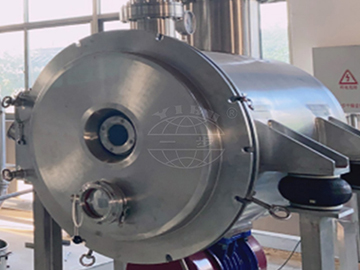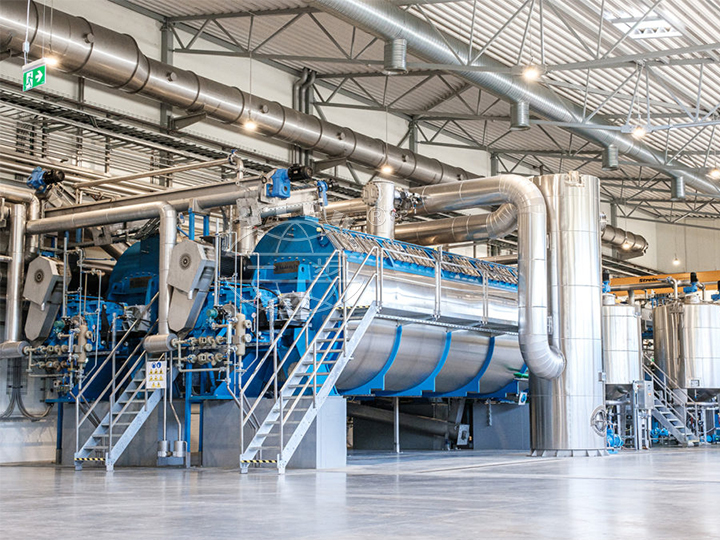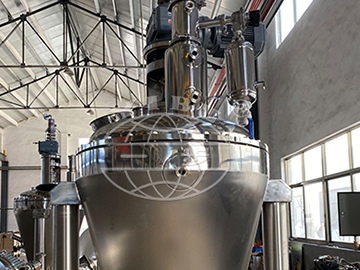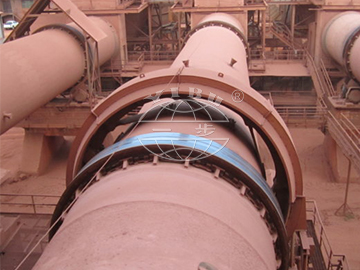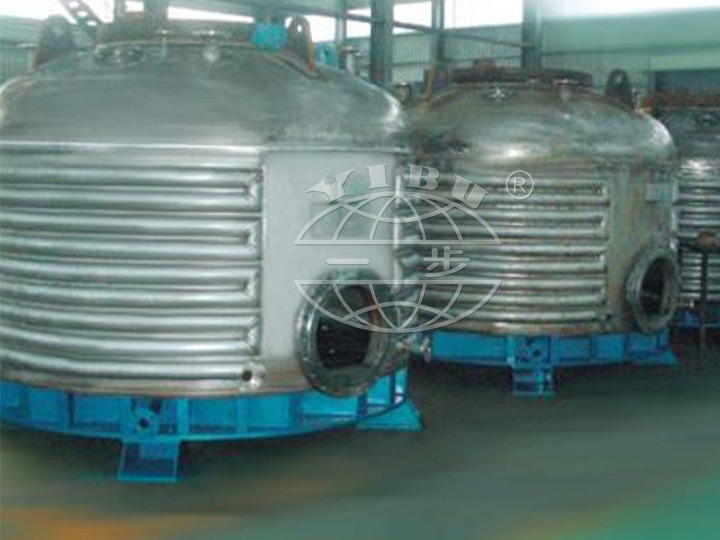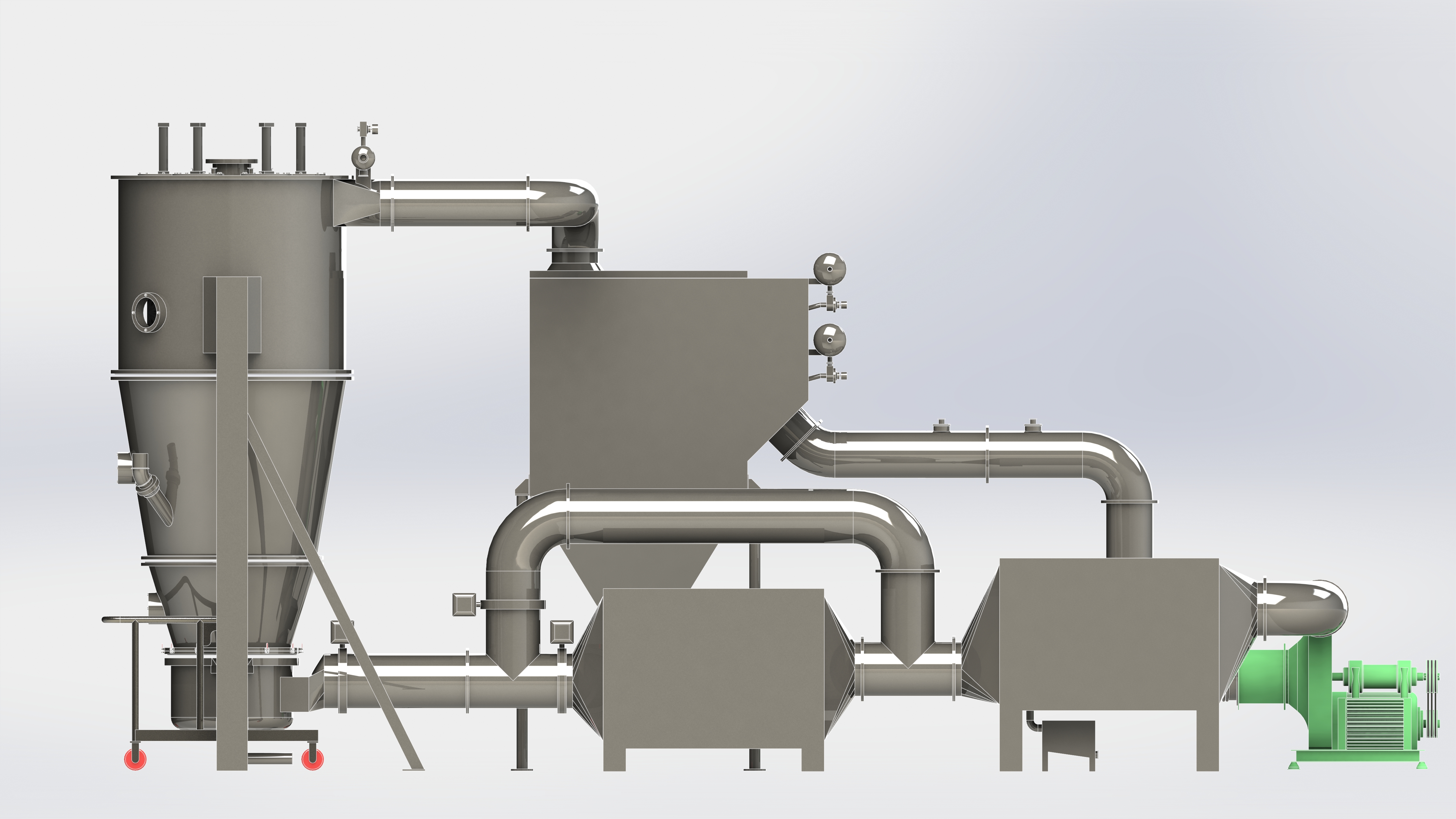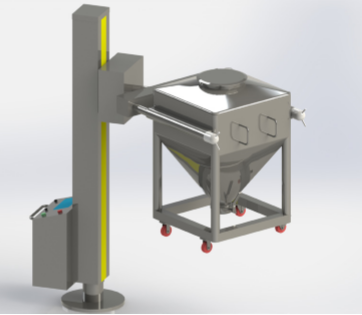Anaerobic sludge granulation(2)
Source: | Date:
2011-07-10
| Hits:
Keywords:
1. Introduction
The formation of anaerobic granular sludge can be considered as the major reason of the successful introduction of the Upflow Anaerobic Sludge Bed (UASB) reactor concept for anaerobic treatment of industrial effluents.This granulation process allows loading rates in UASB reactors far beyond the common loading rates applied so far in conventional activated sludge processes.The resulting reduction in reactor size and required area for the treatment leads to lower investment costs in addition to the reduced operating costs due to the absence of aeration.
Two main factors made these high loading rates possible:
(a) The superior settling characteristics of granular sludge.Settling velocities of granular sludge of approximately 60 m/h are common, whereas the superficial upflow velocities in UASB reactors are usually kept below 2 m/h, in practice.This allows an extreme uncoupling of the hydraulic retention time from the solid retention time (or sludge age). Soild retention times of over 200 days can be achieved at hydraulic retention times of only 6 h.
(b) The high specific methanogenic activities of granular sludge.It could be demonstrated that high volu-metric loading rates of over 50 kg Chemical Oxygen
Demand (COD) per m3per day could be well accommodated under mesophilic conditions, with specific methanogenic activities of more than
2 kg COD/kg VSS day. Studies on the micro-morphology of the granules demonstrated that colonies of acetogenic bacteria are closely linked with micro-colonies of hydrogenotrophic methano-genic archaea allowing an efficient interspecies hydrogen transfer and as a result, high degradation rates.
Granules had already been observed with the Anae-robic Filter by Young and McCarty, and with the Dorr’Oliver Clarigesters in South Africa in 1979(Lettinga, personal communication).Clarigesters are clarifiers converted into anaerobic digesters, which were used for agro-industrial effluent treatment, operated in
an upflow mode.Little attention was paid however to this sludge type.In the Netherlands, granular sludge was discovered in 1976 in a 6 m3pilot plant at the CSM sugar factory in Breda.Due to this sludge, the results obtained in the pilot plant were superior to results of previous studies in the laboratory of the Wageningen
University. In the report of the pilot plant study, the importance of granulation was well appreciated, but it was also indicated that little understanding of the process of granulation existed at that time and there was a strong need for further study on this.
Now more than 25 years later, numerous researchers from all over the world have studied the granulation process.However, there is still no consensus about the
determining mechanism triggering granulation.This paper gives an overview of different granulation theories and factors promoting granulation.
A key organism in anaerobic sludge granulation is Methanosaeta concilii. Most studies cited use itssynonym Methanothrix soehngenii.However this name was later considered illegitimate, since the isolated organism was not pure. In this review, the names mentioned in the studies have not been changed, which means that mostly Methanothrix soehngenii has been used.
News
- 2024-06-08 > Exhibition Invitation |ACHEMA 2024, Germany
- 2019-06-15 > P-MECH CHINA 2019 YIBU BOOTH NO: N3B10a
- 2019-04-15 > YIBU will attend the 57th CIPM Exhibition held in Changsha in Hunan province
- 2018-12-28 > Actived carbon particle mesh belt dryer made for Ingrevity
- 2018-03-10 > big spin flash dryer and spray dryer delivery to pakistan and Italy customer on time
- 2017-12-29 > two sets high speed centrifugal spray dryers and three sets of drum dryre delivered to Indonesia
- 2017-08-24 > one set of LPG-100 spray dryer is delivered to America
- 2017-08-24 > Five layers mesh belt dryer is sucessfully delivered to Manila(Philippines)
- 2017-04-05 > Exhibition interpack 2017 in Dusseldorf In Germany
- 2016-11-23 > The 18th International Exhibition in Moscow
Products

